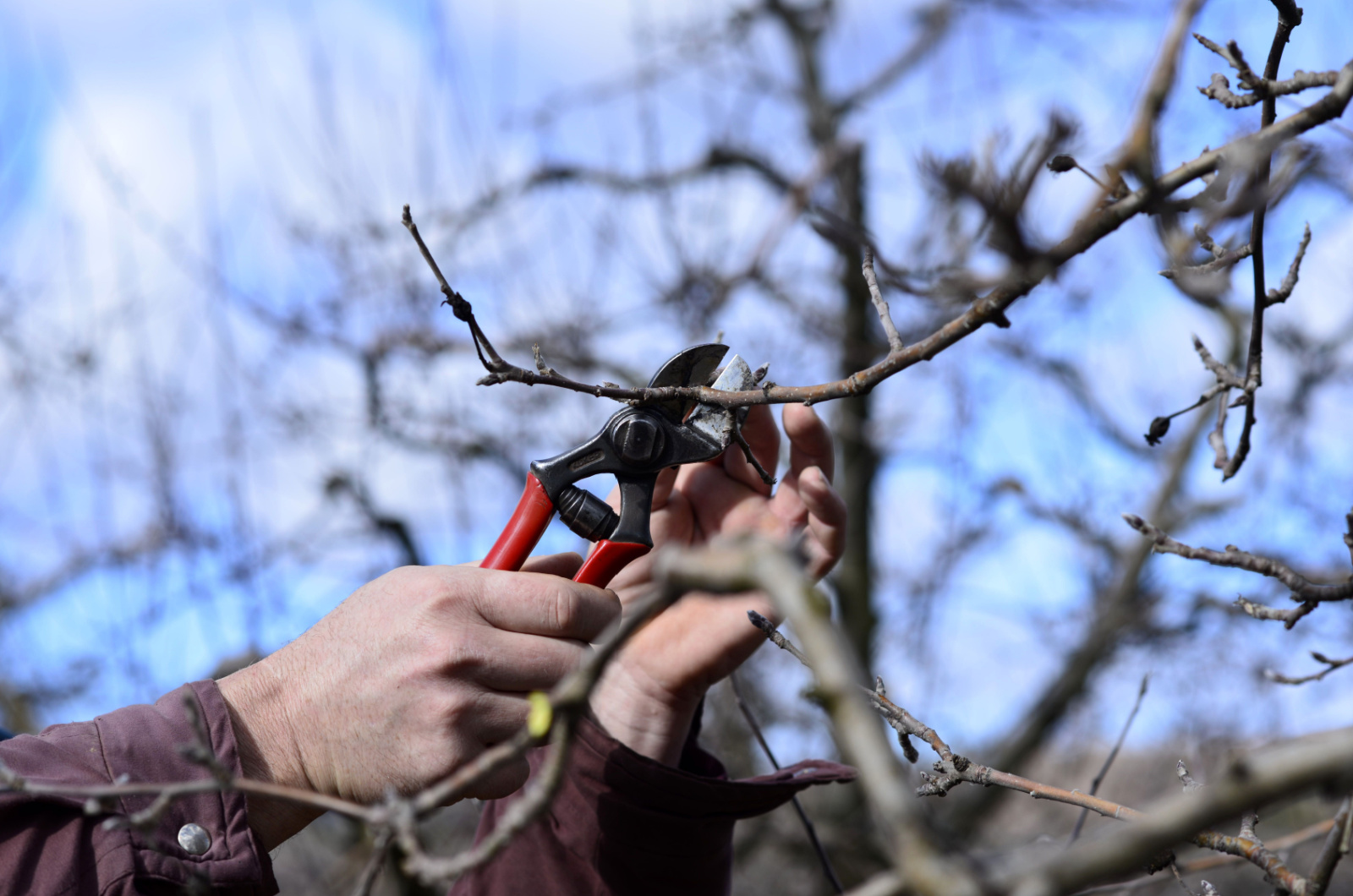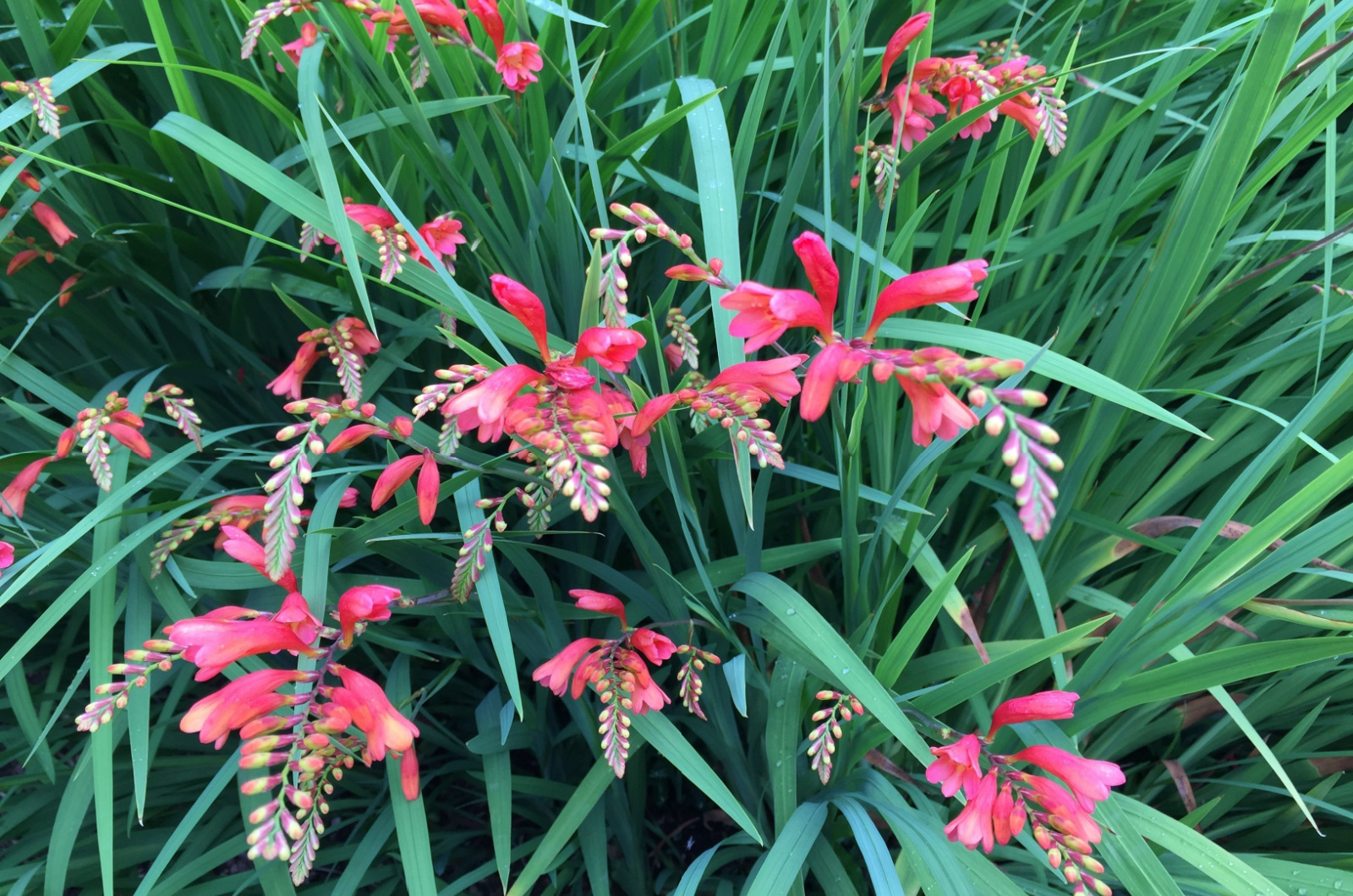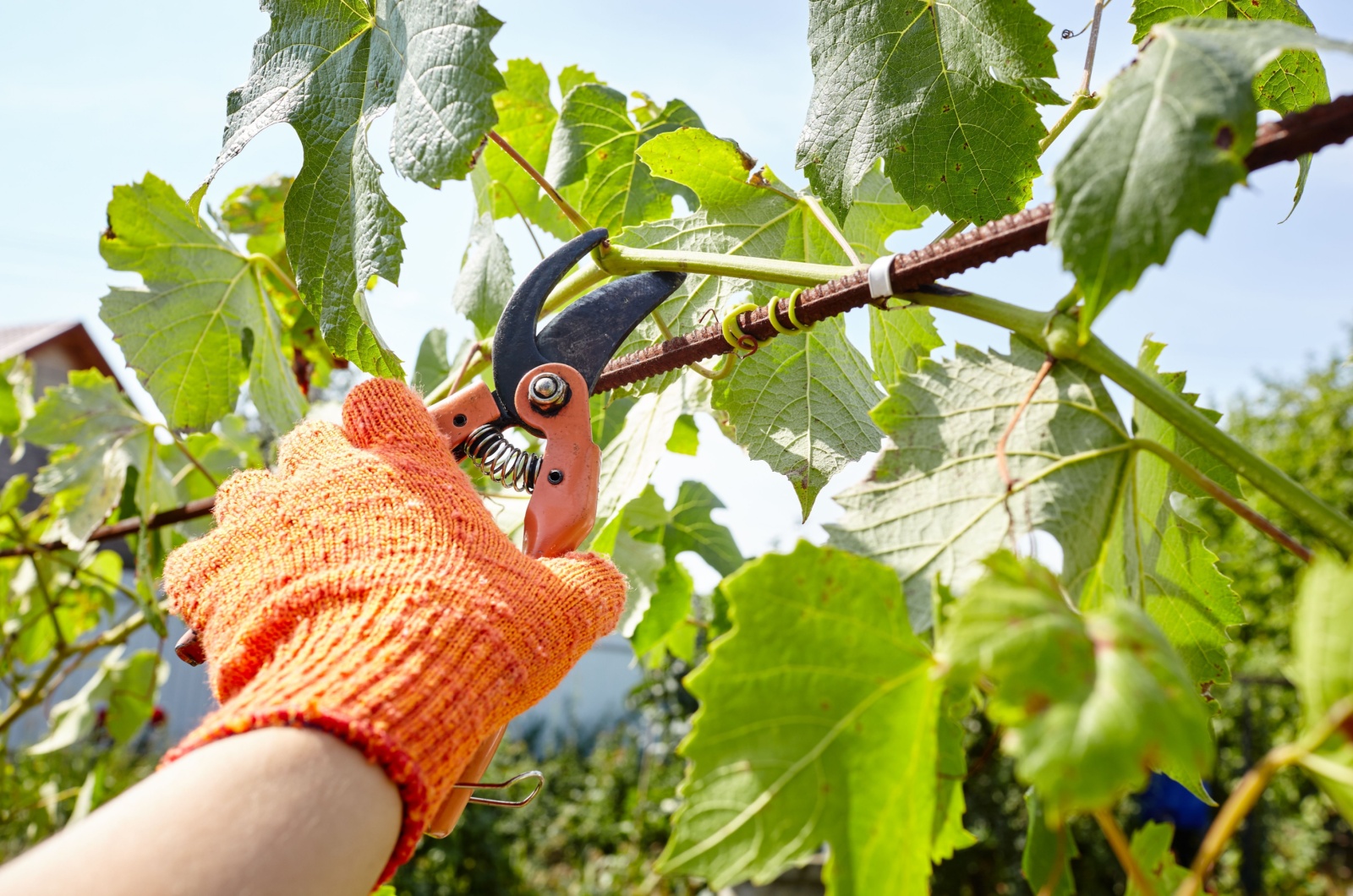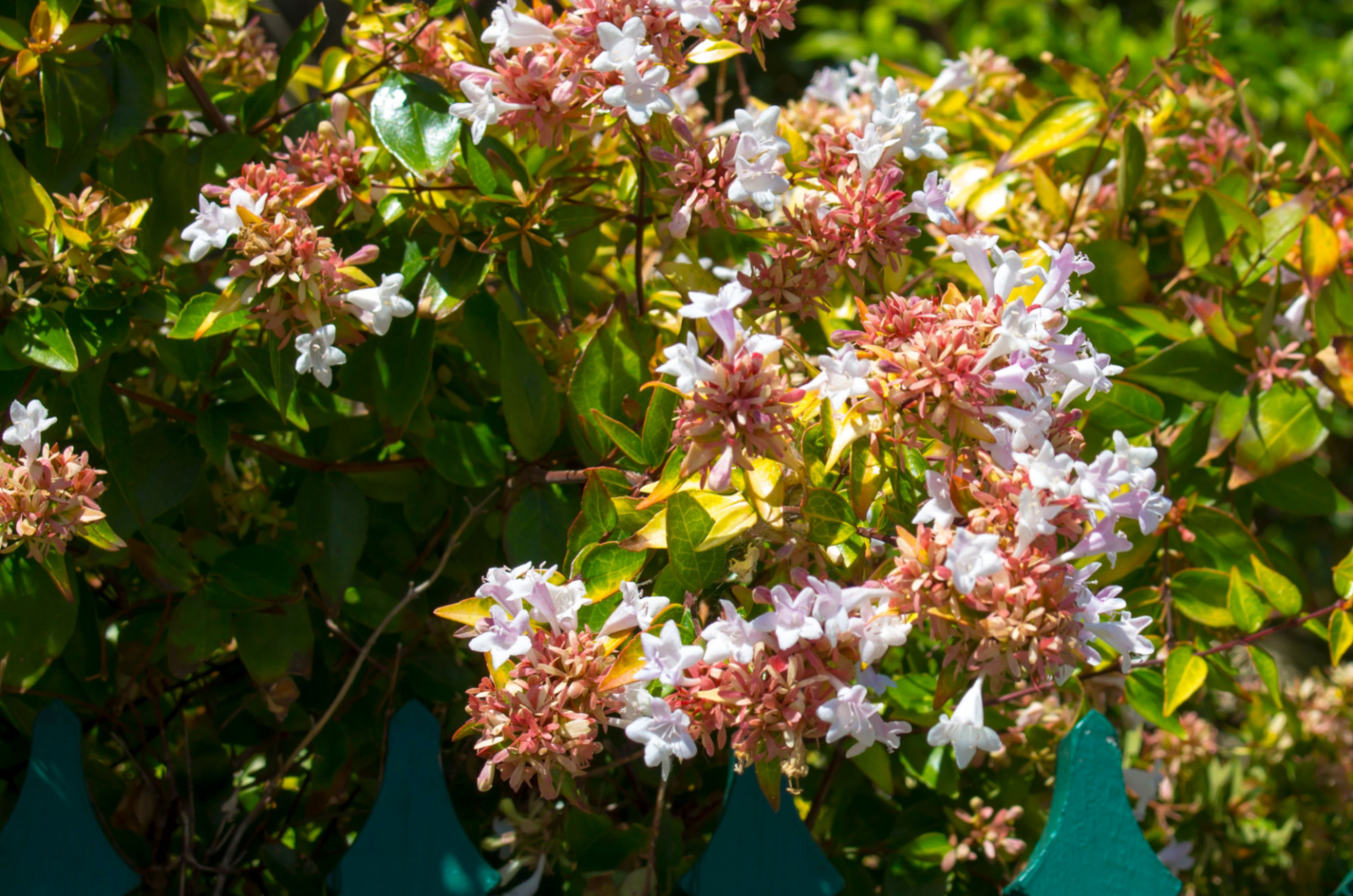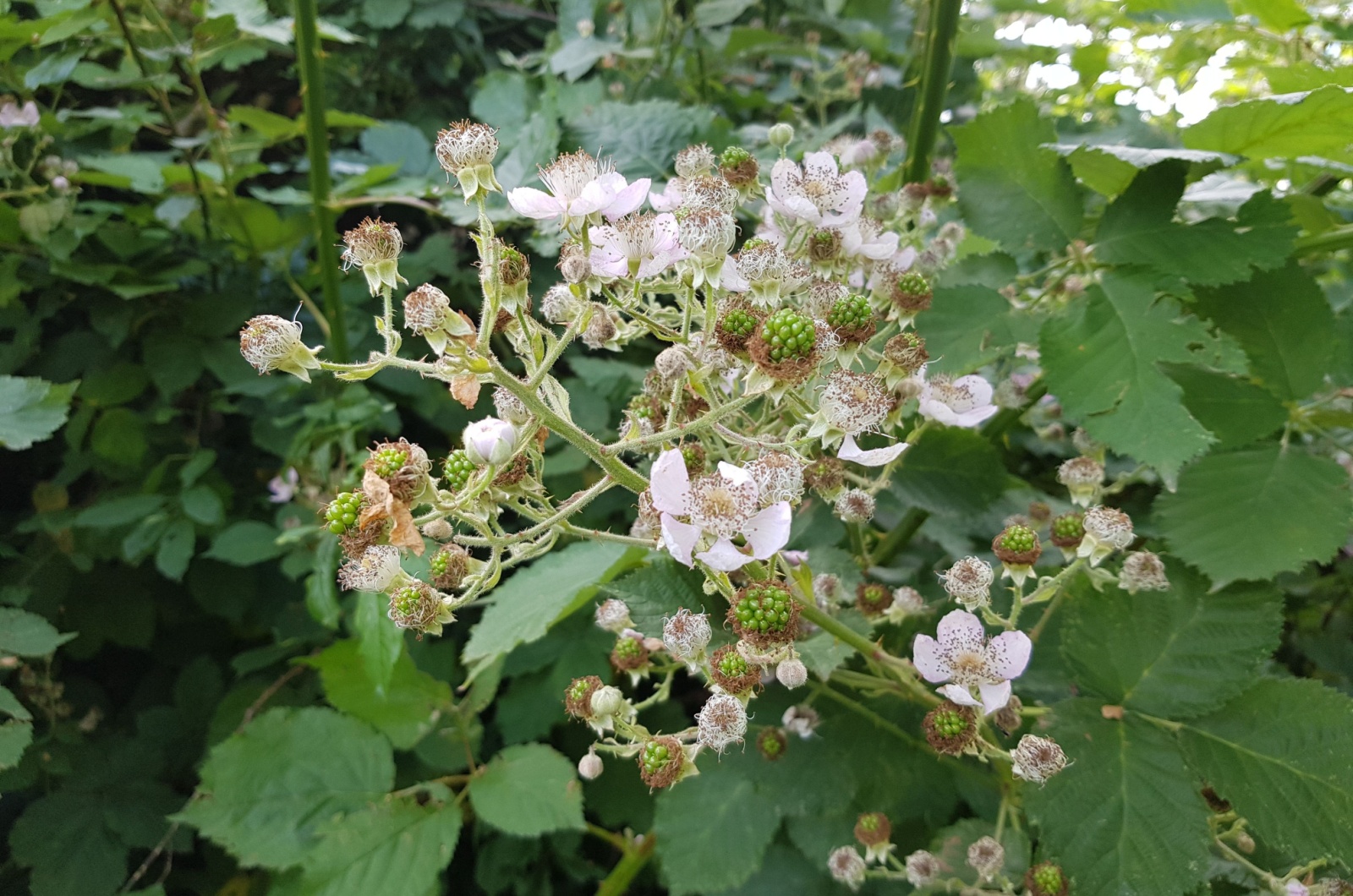Although December is a period when gardeners can catch a break, there are still some jobs that need to be done before the spring arrives. Today, we will be focusing on the specific plants that benefit from a trim during this season.
Be careful not to start pruning your entire garden though, as most plants don’t like being trimmed in freezing temperatures.
In this article, we are going to talk about plants you should prune in December and also how to do it properly. Stay tuned to find out more!
1. Pear Tree
Prune pear trees during their dormant winter period, just after the leaves have dropped from the tree. You can prune pear trees anytime between November to early spring. Remove any dead, damaged, diseased, or crowded branches.
Pruning helps to maintain a sturdy structure and a healthy, open center. Pear trees also produce spurs that need to be trimmed back each winter.
This month is the time for pruning pears that are cultivated as free-standing trees as well as those that are trained, such as espaliers trees.
Remember, you shouldn’t remove more than one-third of a plant, even if it’s a robust tree!
Related: 12 Plants You Shouldn’t Be Pruning In The Fall
2. Callicarpa
Callicarpa, otherwise known as beautyberry, is a perfect plant to add if you want to keep your garden vibrant and lively during the winter season. Not only is this plant going to adorn your landscape with lovely berries, but it will also serve as a food source for wildlife.
It is a plant that doesn’t have to be pruned each year in order to produce berries. It benefits from being trimmed back during its dormant season, which runs from November to March.
As the plants get larger and older, fewer flowers and fruits are being produced, which is why pruning helps keep the plant nice and sharp.
Trim the callicarpa for shape and size. Focus on removing any dead or crossing branches that are overgrown or oriented inward. Cut off one-third of the oldest stems and trim around half of the remaining branches.
For more information, please check this video: How to Prune Beautyberry – Callicarpa – Video Tutorials with Plant Amnesty
3. Crocosmia
Crocosmia are lovely plants known for their fiery blooms that last from summer through fall and potentially until the frost arrives. Prune crocosmia right after flowering, usually during November or early December.
Cut back the spent flower stalks of crocosmia to tidy up the plant. Trim away any dead or yellowing leaves. Winter pruning prevents diseases from overwintering and prepares the plant for robust growth in the coming seasons.
4. Grapes
When to prune grapes depends on if you are growing them outdoors or indoors. Trim indoor grapes early in winter, just before the Christmas season. They will start growing earlier than those grown outdoors.
If they are pruned after December, the plant’s sap will bleed out through the cuts. This will significantly weaken the plant and attract lots of diseases.
Outdoor grapes should be pruned through winter or early spring when they are fully dormant during the winter months.
Related: When To Prune Grape Vines For Bumper Crops
5. Abelia
Abelia is a famous evergreen shrub perfect for borders and containers. Although they have robust and lush foliage, these shrubs still don’t require a lot of pruning. Trim abelia for size and shape, focusing on removing any dead or crowded branches.
Since the shrub blooms on new growth, you should prune it after it has bloomed to avoid pulling out stems that will bear flowers the next year.
6. Ornamental Brambles
Ornamental cultivars from the Rubus genus, such as flowering raspberries, are often grown for their aesthetic leaves and flowers. It’s best to prune them after they flower, but if you haven’t gotten around to it yet, winter is a great opportunity to revitalize the shrub.
Trim about a third or a quarter of the oldest flowering stems all the way to the ground. This will allow more light and air to the center of the plant, which will ultimately stimulate new growth and development.
7. Wisteria
The last plant you should prune in December is wisteria. This plant should be pruned twice a year, once in the summer after flowering and then once again in the winter during the dormant stage.
The winter pruning should be done from November to February, ideally when the plant has dropped its leaves. Prune to control its size and shape. Remove any excessive growth and trim long shoots. Also get rid of any damaged or diseased branches along with suckers.
If you live in a region with a colder climate, it’s better to prune wisteria in January or February.
Also read: When To Prune Clematis For Winter (Or Should You Leave It For Spring)


